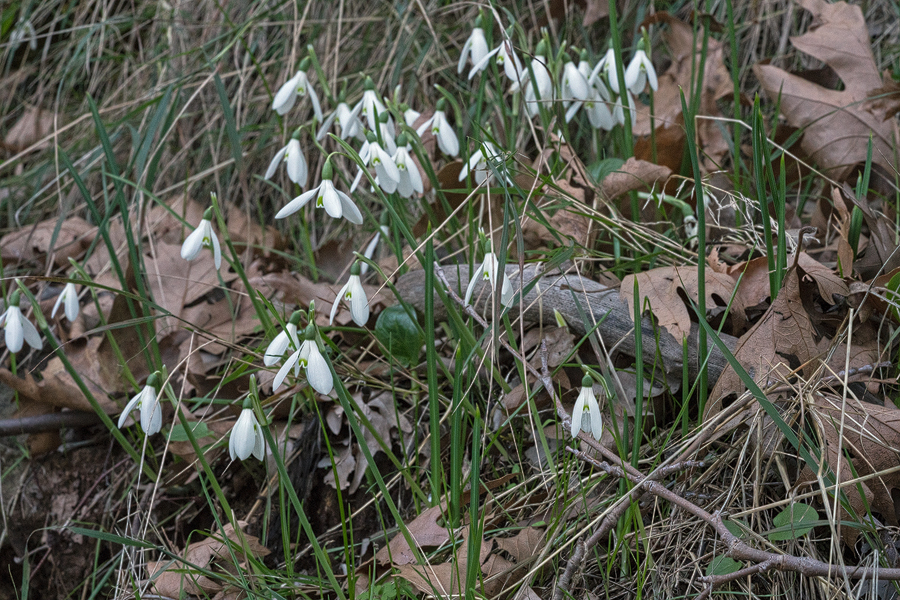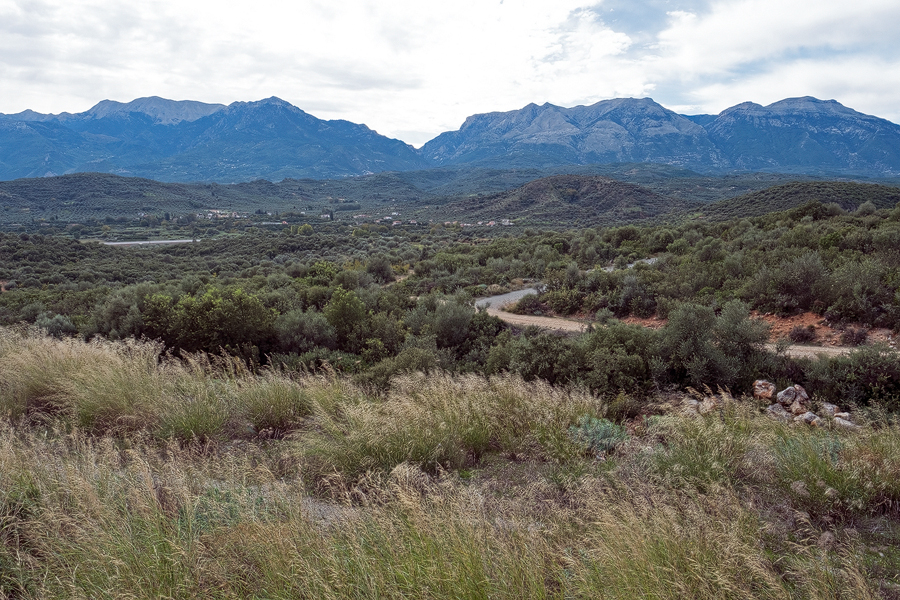
The Taygetos Mountains rise abruptly from the plain around Sparta and plunge, just as dramatically, into the sea at Kalamata, 50km to the west, rising to a height of 2,404m at Profitis Ilias, the highest of the five peaks of Mount Taygetos. The Peloponnese is a complex, interlocking web of geological folds and faults. The Taygetos is a ‘horst’, a raised block of the earth’s crust, flanked by ‘grabens’, sunken areas of crust. Fault lines mark the boundary between the two. This is dramatically clear when viewing the Taygetos on a sunny day from Sparta, the mountains dominating the western skyline.
The climate is benign, with mild winters, up to an elevation of about 800m, or slightly higher in gullies and canyons. Above this level, winters are increasingly cold and snow cover is common. The rocks are mostly limestone, typically hard, dolomitic limestone, often folded into fantastically beautiful forms.
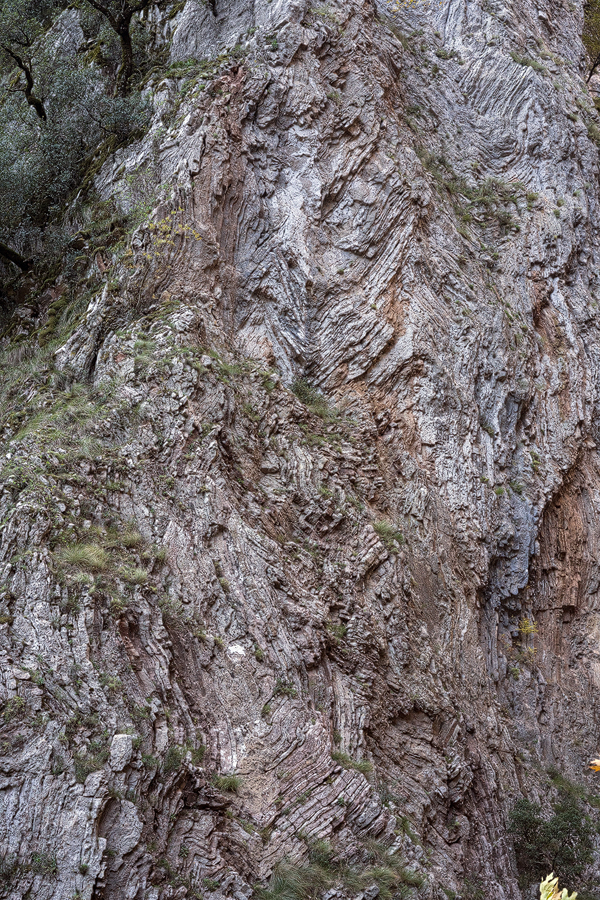
The southern Peloponnese is a place of autumn pilgrimage for bulb enthusiasts. Several species of autumn-flowering Crocus, Sternbergia, Cyclamen and Galanthus are all to be found in flower from late October and on into winter.

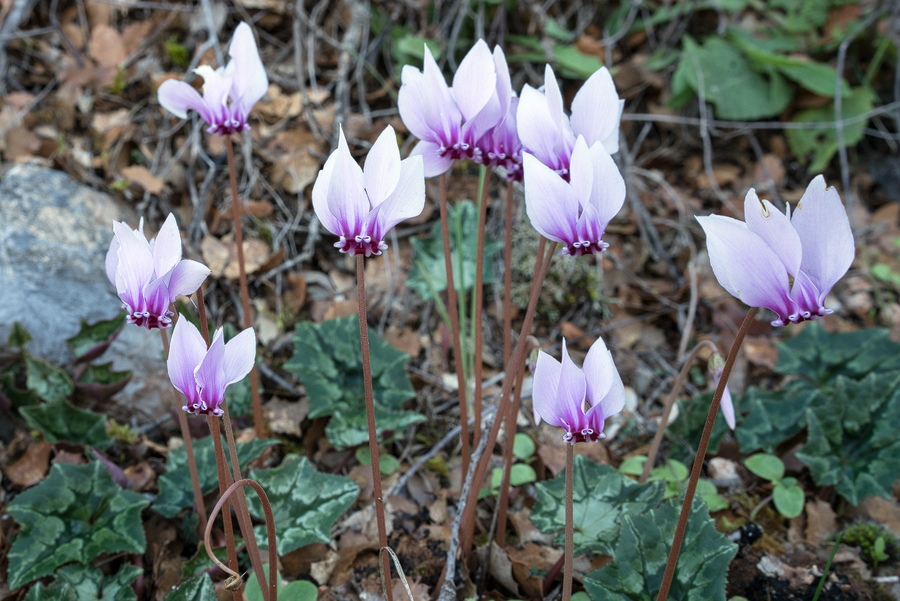
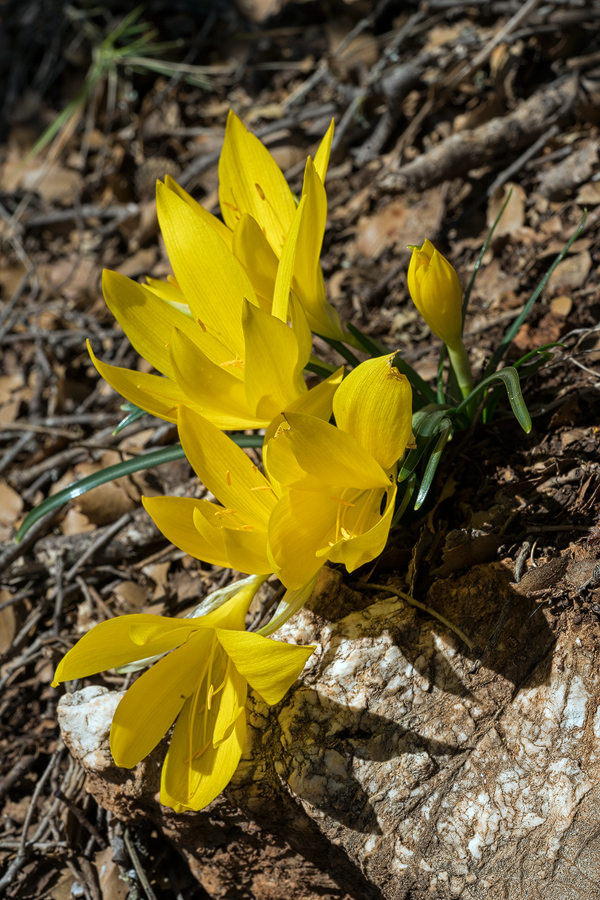
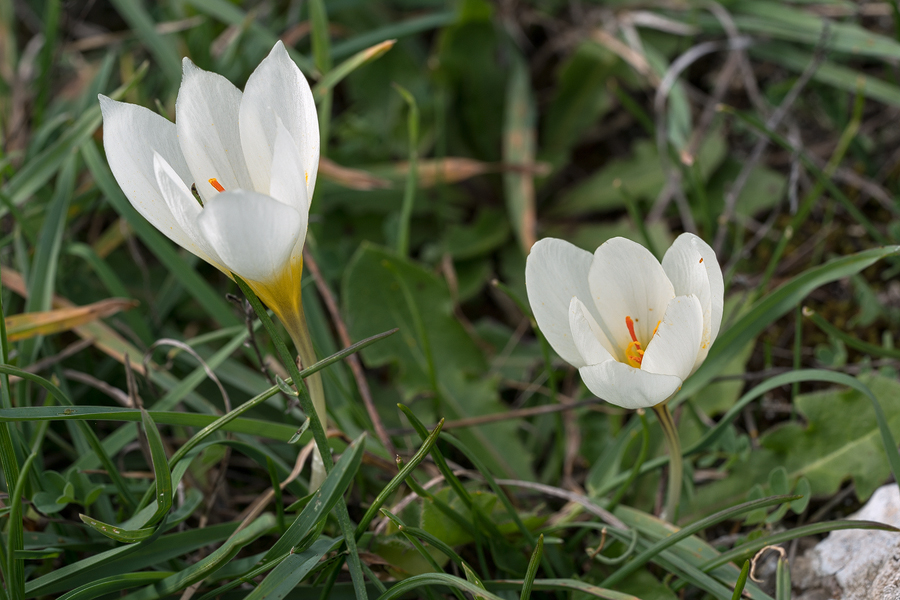
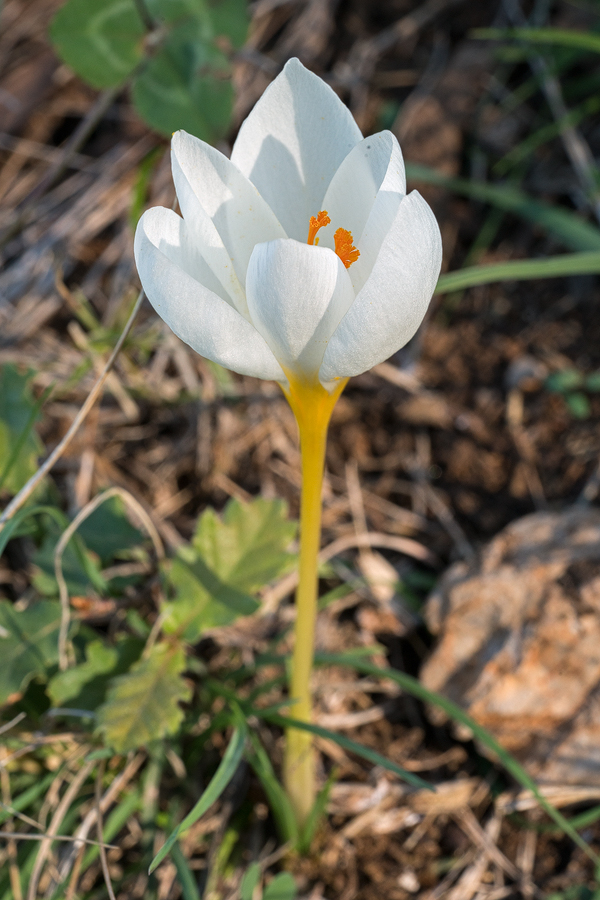
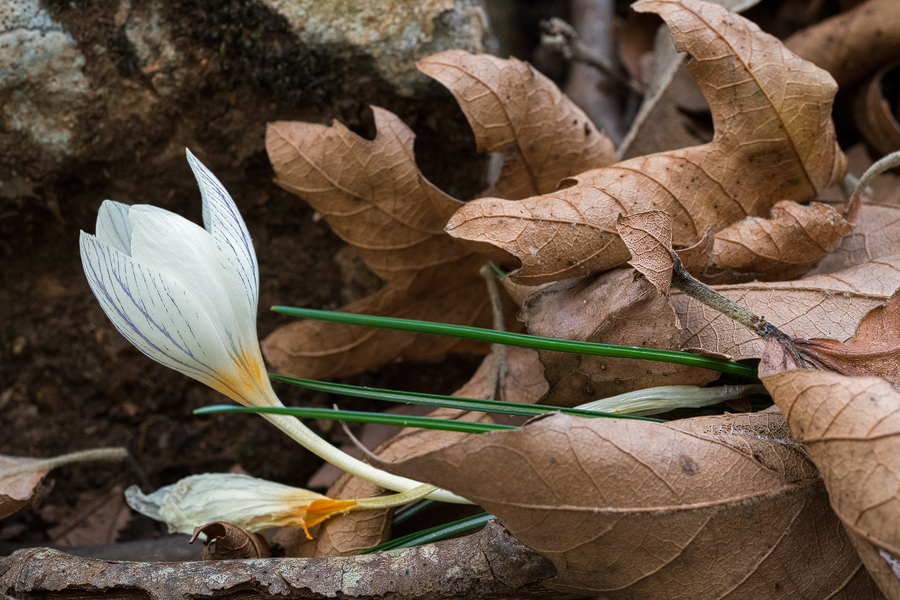
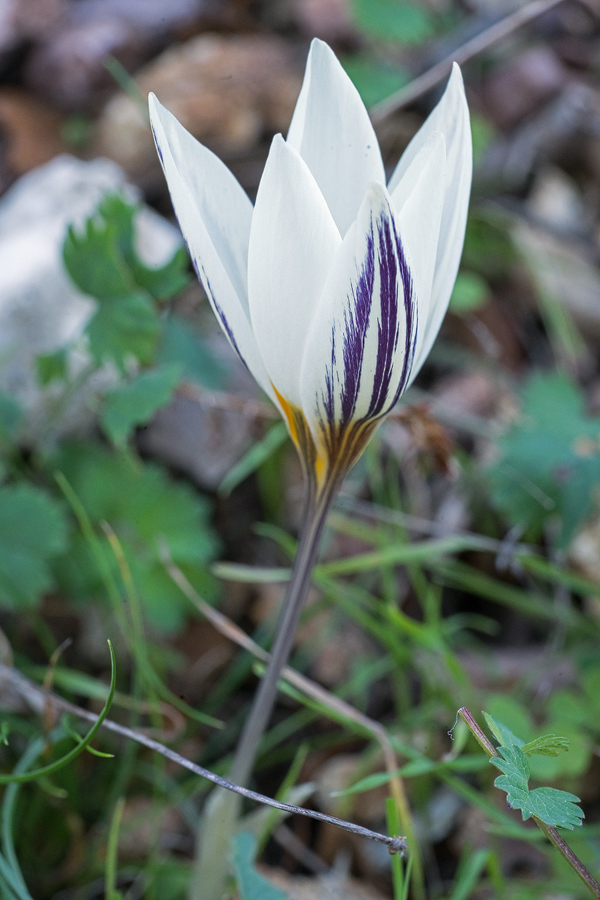
Having seen quite a bit of variation in Galanthus reginae-olgae near the northern end of its autumn-flowering range, in Corfu, I was keen to see the same species flowering near its southern limit, to compare and contrast the two distant sets of populations. To that end, I planned a few days in the Taygetos in early November.
It is slightly nerve-wracking going to a new place to try to see a wild plant in flower. There is always a chance that one will come home having driven hundreds of miles and seen nothing, feeling slightly foolish. It was with some relief, therefore, that I stumbled almost immediately upon a small patch of snowdrops, in full flower, at the bottom of a ravine down which I had driven my hire car, with customary disregard for the contract I’d signed only hours earlier.
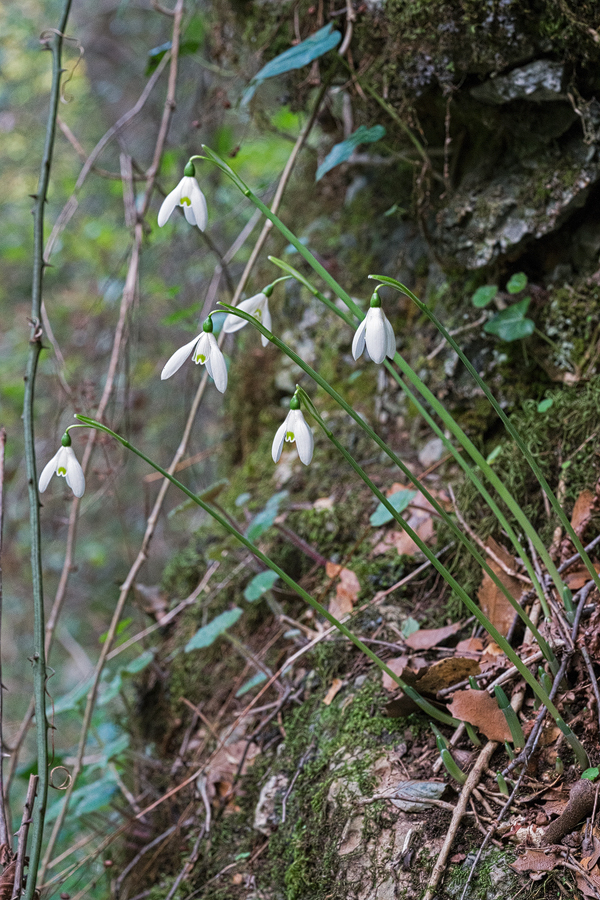
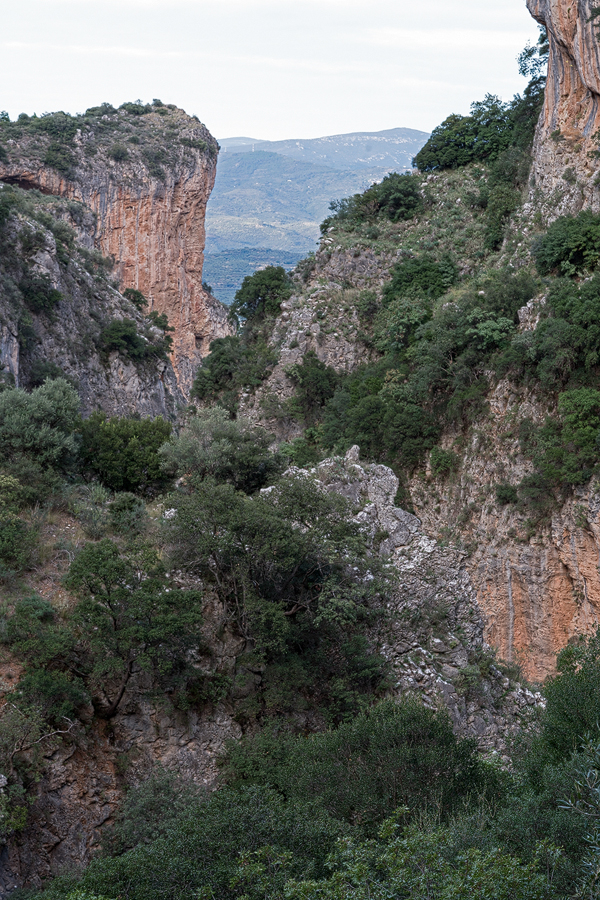
But, disappointingly, there were only a few plants in the colony and so I was delighted to come across what looked, in the headlights, to be a large population beside the dirt road, as I headed back to my hotel in Sparta for the night.
Resolving to return to this location later in the week, I decided that in the morning I’d explore the only road that cuts east-west through the Taygetos, crossing the Langada Pass. The eastern stretch of this road meanders for a while between massive cliffs, either side of a narrow canyon, through which runs a small river (though very little water was flowing when I was there). The cliffs are sufficiently tall and close together that no direct sunlight reaches the plane trees that grow along the river banks and in the scree at the bases of the cliffs, at least not at this time of year. Under the canopy of the plane trees, most prolifically on the north-facing bank, grows a huge population of Galanthus.

I spent several hours walking about among the snowdrops and could, in truth, have happily spent several days, so extensive is the population, but time, as always, was short. The Corfu snowdrops were fresh in my mind and some subtle but definite differences in the Taygetos plants swiftly became apparent.
Whereas the leaves of the Corfu snowdrops had often started to emerge with the flowers, sometimes by a few centimetres, in the Taygetos they remained completely below ground in almost every case. Where they were visible at all, it was in places where the leaf litter was absent, on scree or among tree roots.
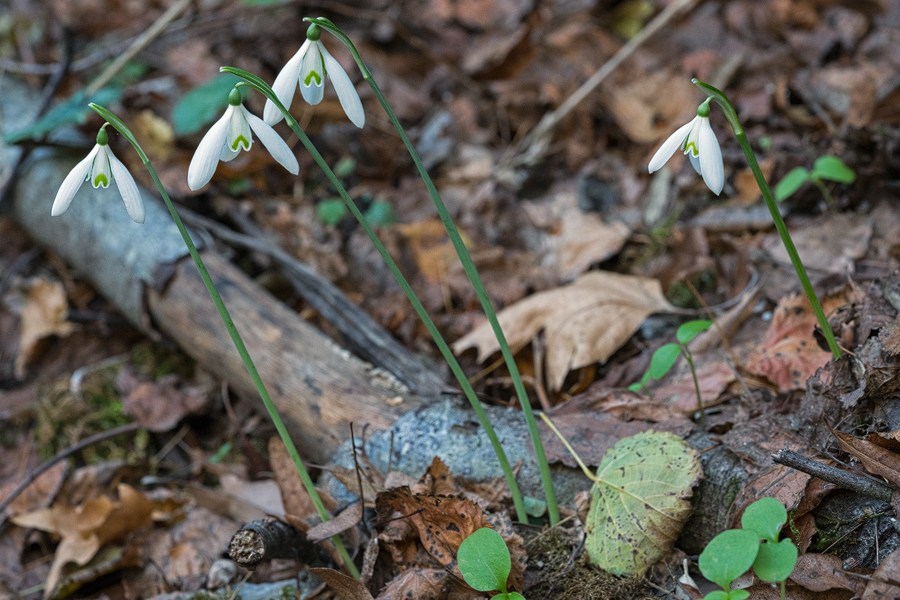
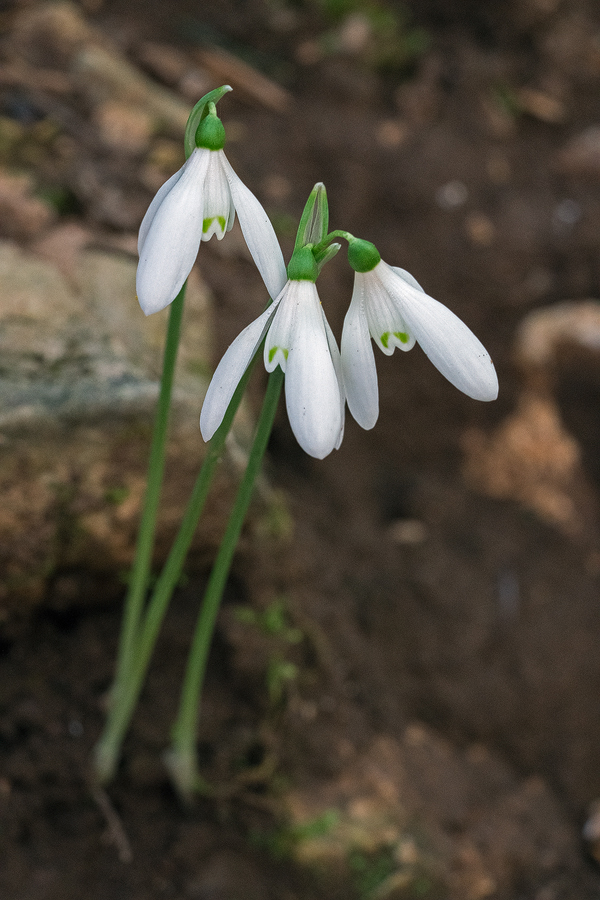
In Corfu, the green mark on the inner segments of the flowers was usually a rather pale, chartreuse and usually noticeably paler than the ovary. In contrast, the inner segment mark on the Taygetos plants was usually the same mid or dark green as the ovary, though there were (of course!) exceptions.

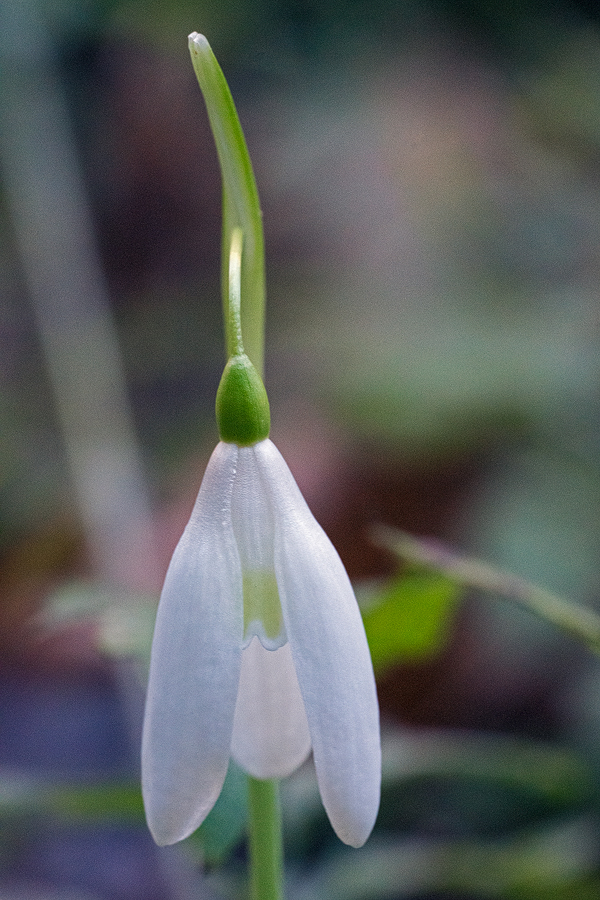
In the Taygetos, the inner segment mark was always confined to the apical third of the segment and was typically a rather small U-shape around the sinus, the green marking becoming diffuse towards the base, in most cases, creating a narrow, yellow penumbra. In a small proportion of plants, the mark was reduced to two small dots either side of the sinus and, in rare cases, was absent altogether on the adaxial (outside) surface. The abaxial (inner) surface of the inner segment of plants on both Corfu and in the Taygetos was typically green from base to apex. Plants in which the inner segments were entirely white adaxially, however, often had only small green blotches at the apex of the inner segments on the abaxial surface. I didn’t see any completely albino flowers, though I don’t doubt they exist in these populations.
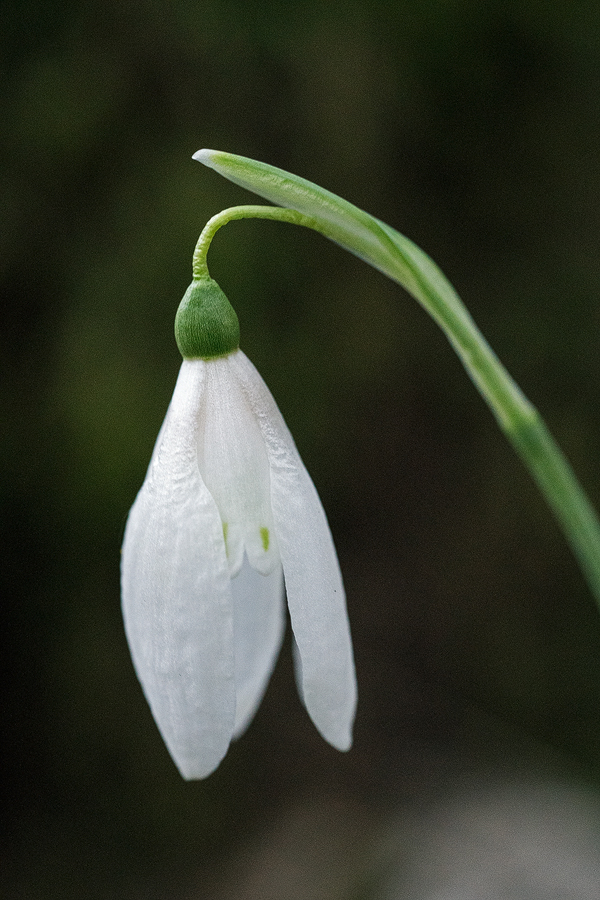
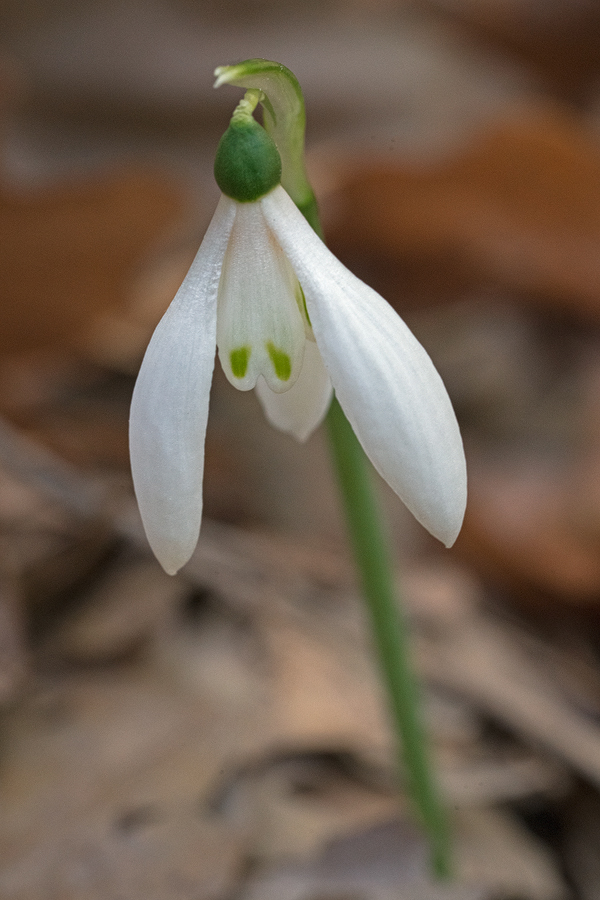
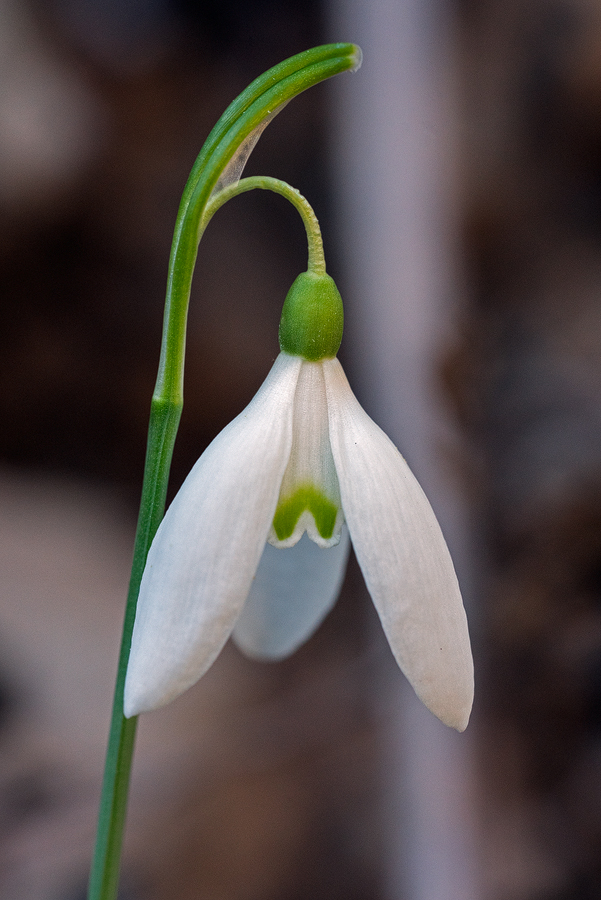
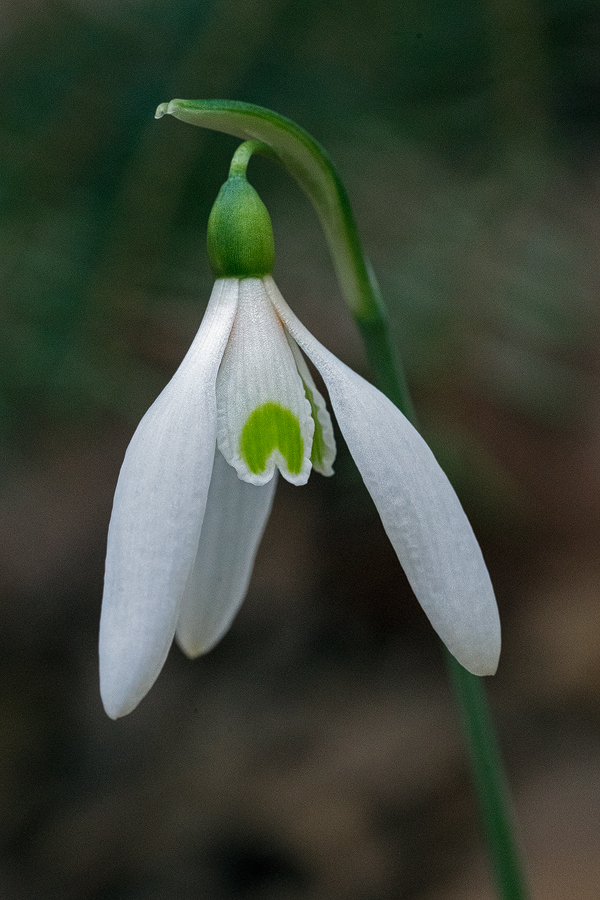
In Corfu, in contrast, I saw no plants with flowers approaching albino but I did see many in which the mark covered more than half of the inner segment.
In stature, habit and GIS (a useful birder’s term, unfortunately pronounced jizz, an acronym of General Impression and Shape) the Taygetos and Corfu plants were similar. In both cases most plants were solitary or formed small clumps of two or three bulbs. The Taygetos plants perhaps tended to clump more frequently. Conversely, I saw fewer plants in the Taygetos producing second scapes, quite a common phenomenon on Corfu. The most robust plants in both locations were magnificent, with scapes nearly as thick as a pencil (up to 6mm), though flattened in transverse section, into a lozenge shape, and big, thickly-textured flowers (the outer segments up to 35mm – but 50mm on one plant).
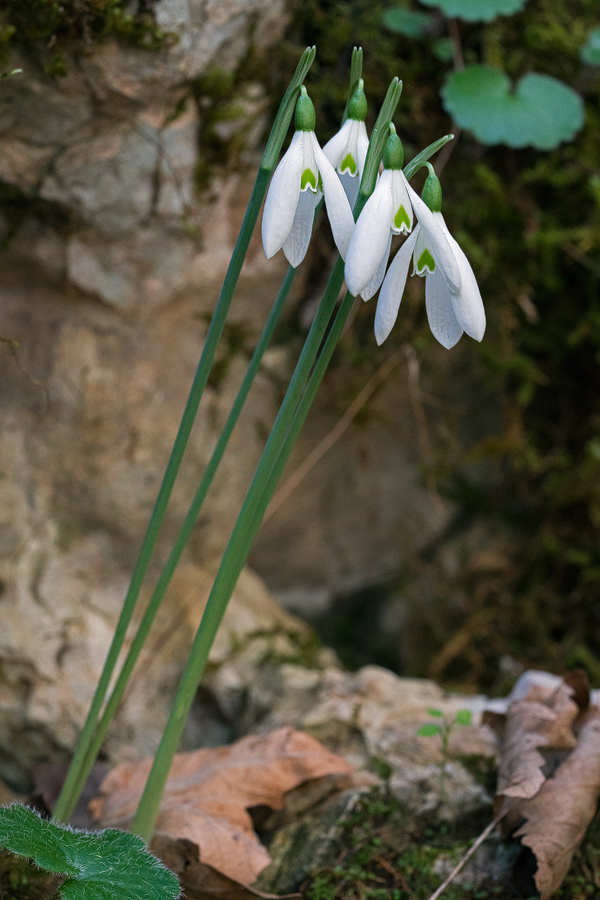
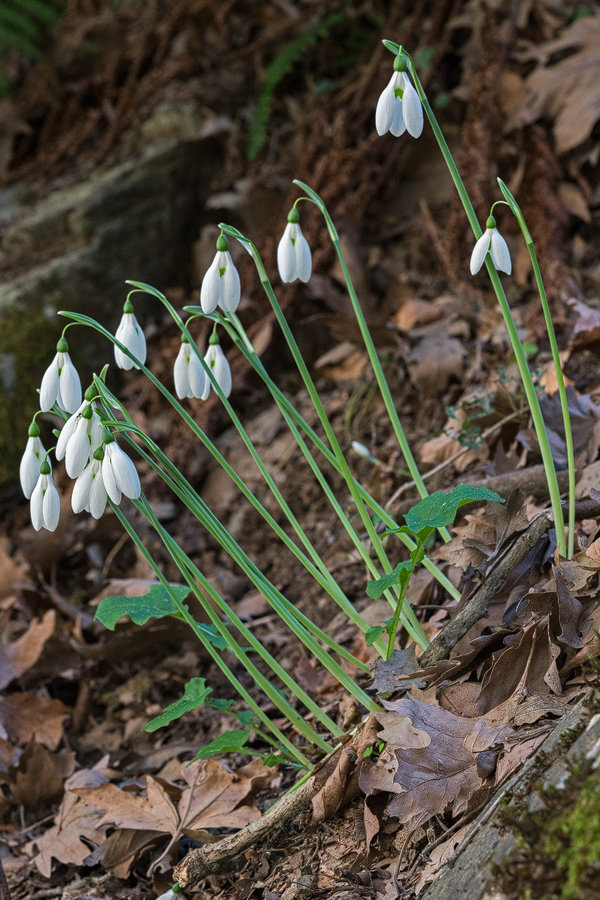
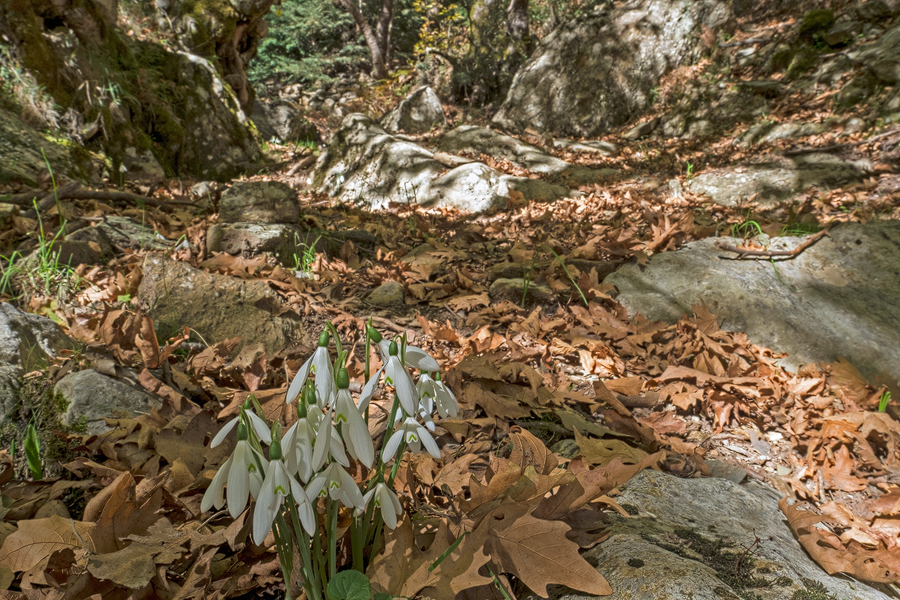
Viewed from above, many of the Taygetos plants had a characteristic ‘shouldered’ appearance, as a result of the rapid expansion of the claw into the spoon-shaped main part of the outer perianth segments.
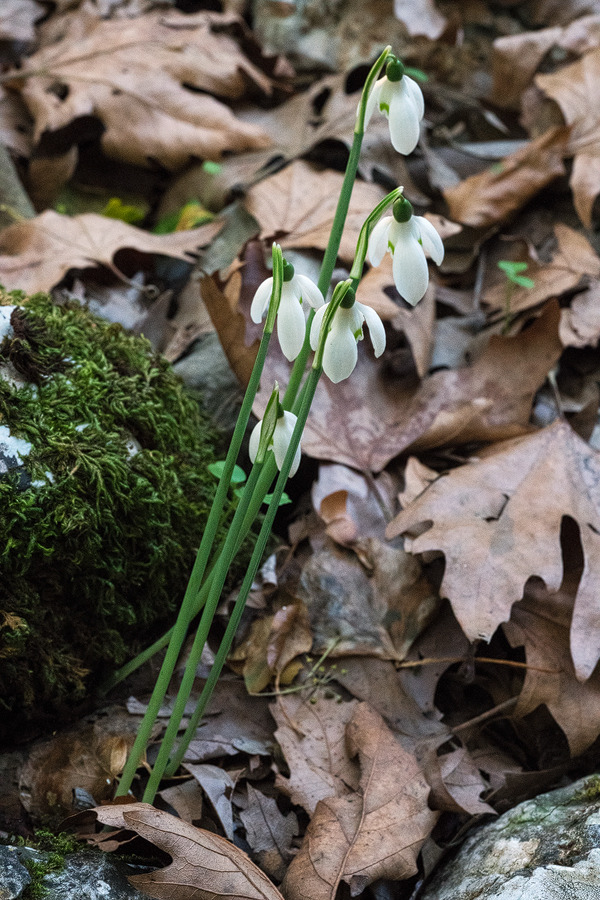
A few flowers in the Taygetos had a rather lovely seersucker texture to the outer segments and a few were decidedly rounded in shape, like a light bulb.
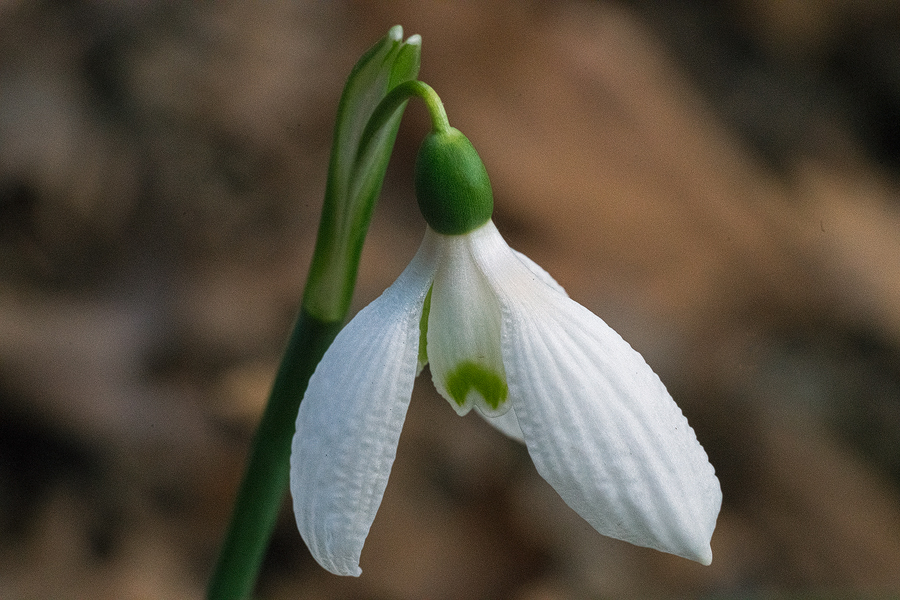
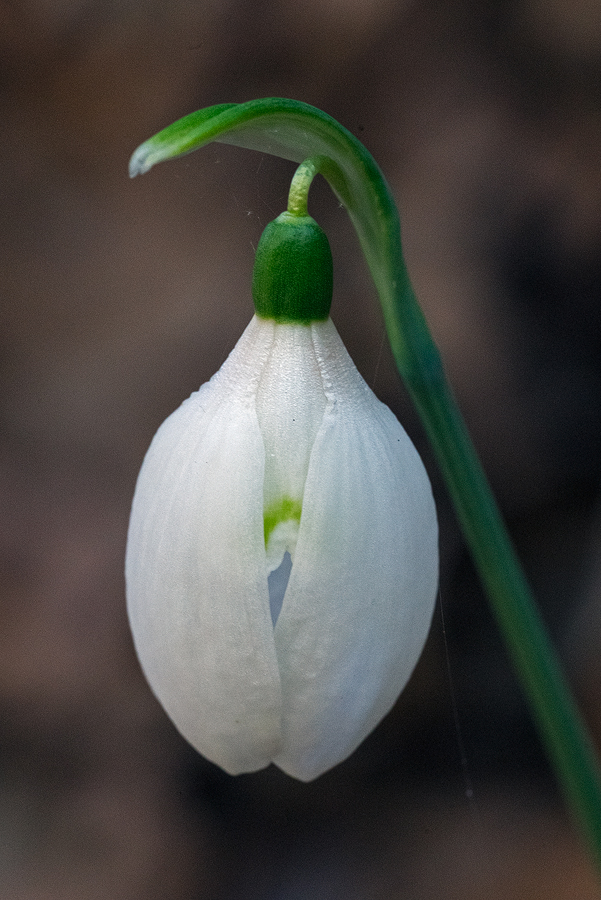
Especially in the Langada Gorge population, some of the flowers were exceptionally long and narrow.
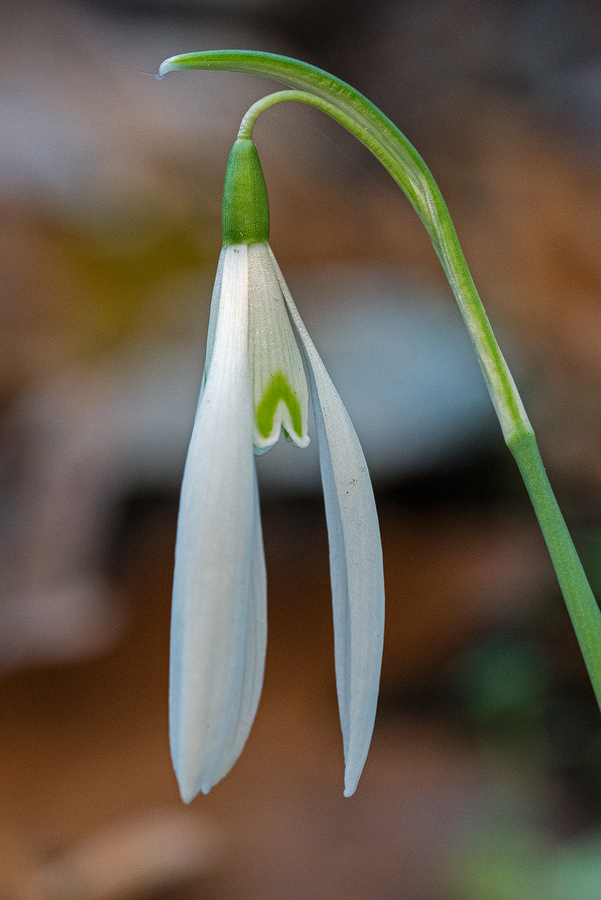
But others were rather dumpy.

The weather was warm and fine during my stay and I was able to detect a sweet fragrance on some plants. I suspect that a more sensitive nose than mine would have more to say on the subject of snowdrop scent.
A deliciously vertiginous road winds up the eastern scarp of the Taygetos from the plain to the village of Anavryti, more-or-less ascending the side of a cliff. It is a remarkable work of engineering and a joy to drive. One passes in minutes from orchards of ripening oranges, through olive groves and cypress, on up into a zone of typical eastern Mediterranean garrigue shrubs: Cotinus coggyria, Smoke Bush, in a thousand flaming colours, Cercis siliquastrum, the Judas Tree, Pistacia lentisca, evergreen oaks (Quercus coccifera) and Arbutus unedo, the Strawberry Tree. Cyclamen graecum starts to appear, flowering most gaudily in shady nooks in the rock face, replaced at higher elevations by Cyclamen hederifolium subsp. crassifolium. Ascending further, Euphorbia characias is replaced by the wonderfully architectural E. myrsinites and the cypress by pine (Pinus nigra) and fir (Abies cephalonica). Eventually, above Anavryti, the trees are all evergreens, except for narrow bands along seasonal streams, which are lined with Plane Trees (Platanus orientalis)and a smattering of Hop-Hornbeam, Ostrya carpinifolia. Viewed from an opposite hillside, the deciduous trees make rivers of colour through the monotonous dark green of the conifers.
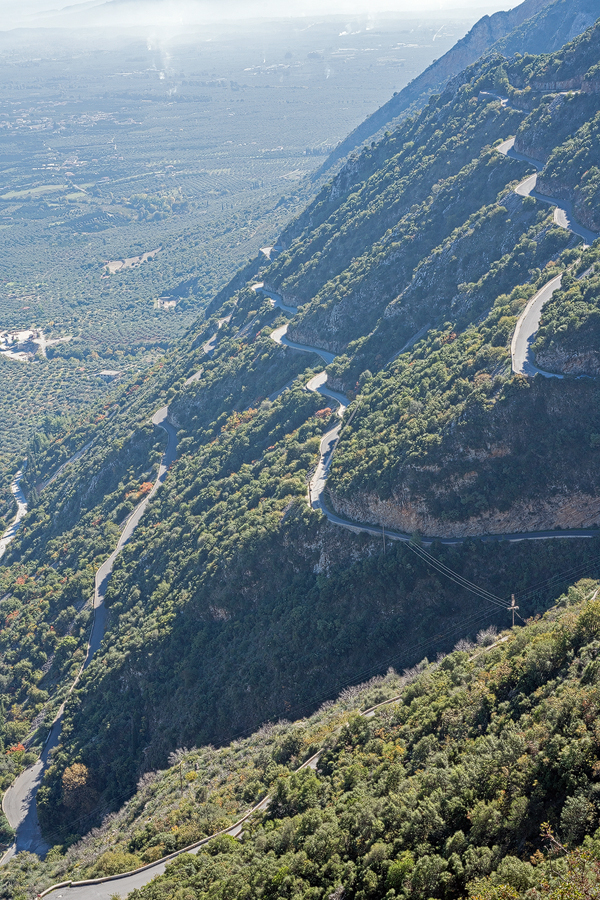
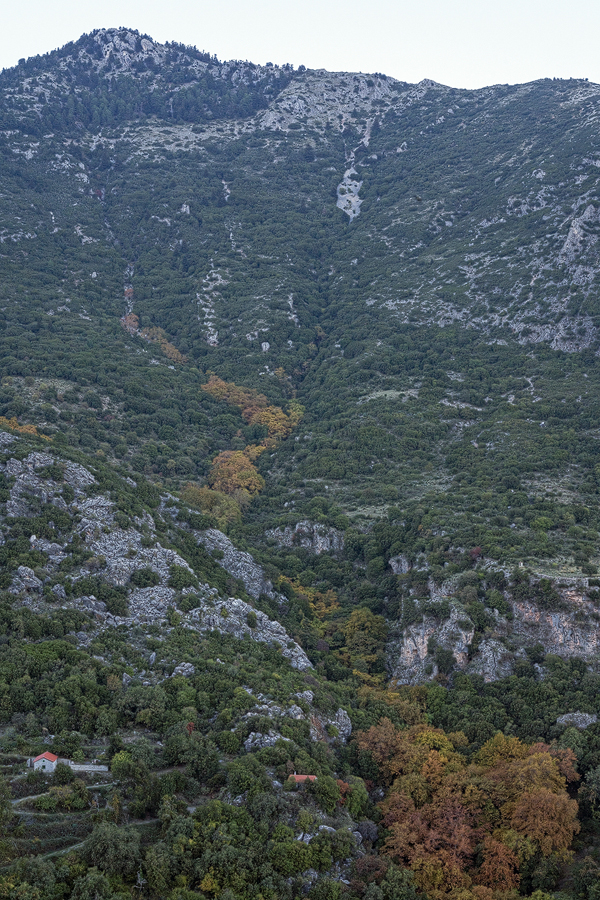
The streams flow from west to east, down the eastern flanks of the mountains and it is on the north-facing banks of these streams that the Galanthus occur. Whereas in Corfu Galanthus reginae-olgae occurs in several different habitats, in the Taygetos I saw it only in these situations – north-facing stream or river banks, associated with Plane Trees. Unfortunately, in the limited time I had, I found and explored only a handful of populations, not enough to draw any general conclusions about habitat preferences.
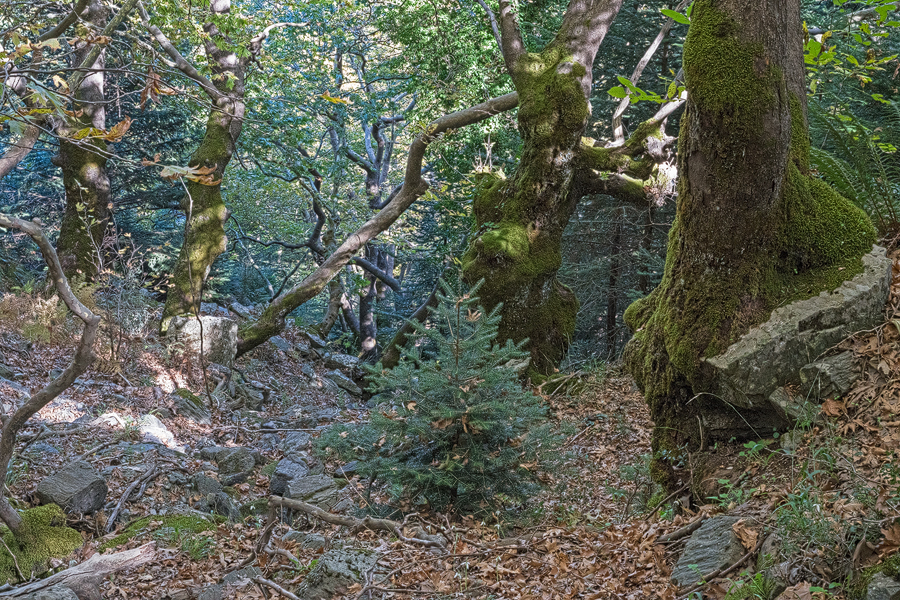
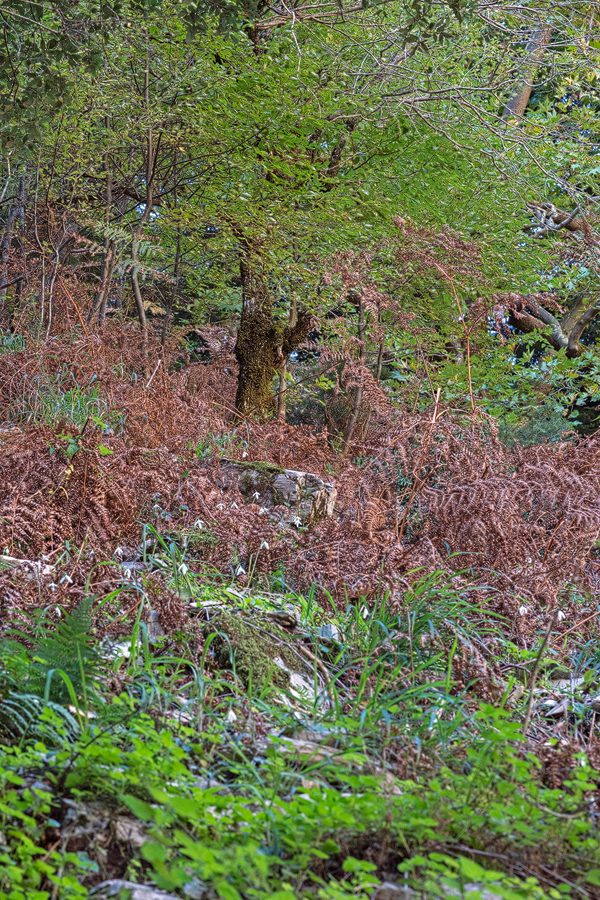
I would love to know the upper elevational limit of autumn-flowering Galanthus reginae-olgae in the Taygetos. The few populations that I found petered out, with the Plane Trees, at about 950m, which I speculate (comments appreciated) is the lower edge of the usual snow line. There is an interesting Jim Archibald collection (JJA 509.301), from 1,400m on Profitis Ilias, where it was collected in deciduous woodland in shade. I wonder whether these higher elevation populations flower in autumn, or in spring, after snow melt?
The populations that I did explore were mostly much larger than any of those I saw on Corfu. Whereas on Corfu, Galanthus appears not to grow in the channels that the streams have cut through the bedrock, in the Taygetos they grew in and alongside the seasonal river channels. This must assist their distribution (as bulbs) by water and helps explain why I found snowdrops abundant in adjacent streams in the same catchment but mysteriously absent from apparently suitable habitat a valley or two further along the same road.
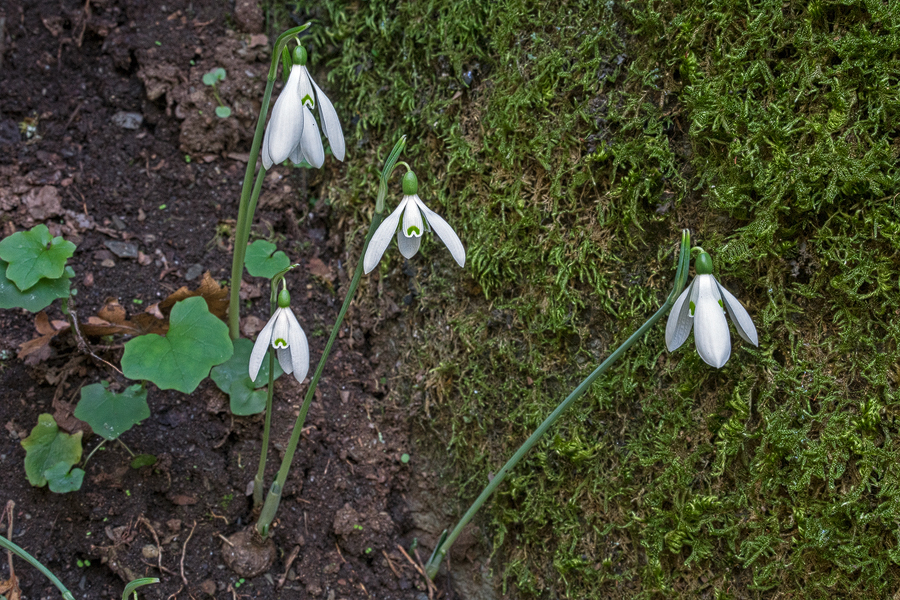
I had hoped to find other populations of autumn-flowering snowdrops, elsewhere in Greece. To that end, I made a thousand kilometre detour to Tornos, in central Greece, crossing the magnificent Rio-Antirrio bridge over the Gulf of Corinth at Patras. Though I spent many hours exploring every likely-looking gulley (of which there were an enormous number), north-facing slope and eventually, in desperation, drainage ditch accessible by road, I didn’t see a single snowdrop. There are a number of possible explanations for this failure, including my own incompetence or, more charitably, shortness of time.

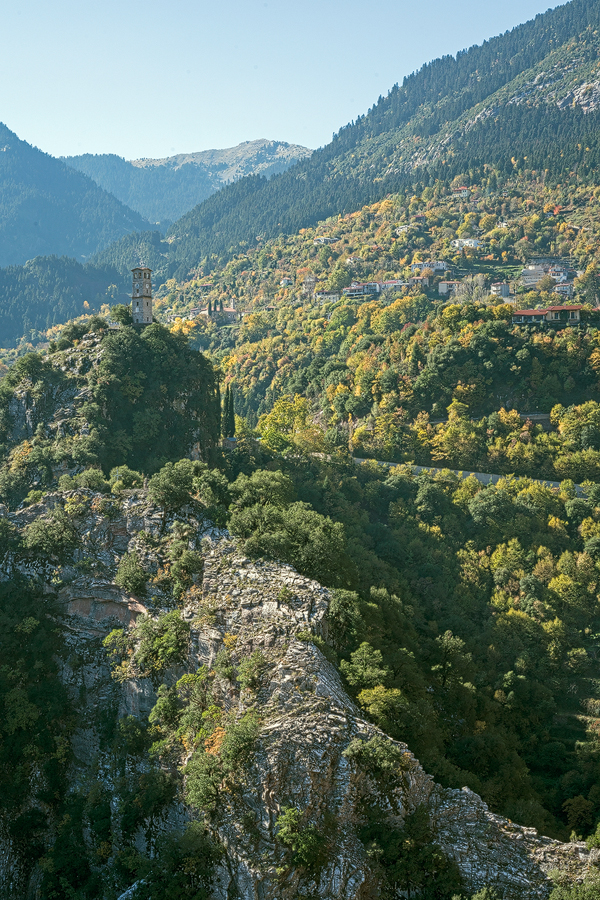
Of the other main possibilities, perhaps the most likely is that the snowdrops were there but not yet in flower. Another possibility has to do with the roles of chance and necessity in plant distribution. A map of Greece, from the perspective of a snowdrop, would appear as a patchwork of minute dots, each dot representing a bit of suitable habitat, isolated from other suitable habitats by miles and miles of uninhabitable terrain. In order for snowdrops to occur in a particular place, it is necessary that the habitat be suitable but that is not enough. Chance must have intervened to bring a founding seed or two to the site and intervened again to cause the tiny colony to persist and grow. I saw one such incipient colony on my first day in the Peloponnese: just a dozen plants or so. Perhaps, in a few hundred years, it will rival the Langada Gorge population in size. More likely, it will be gone in a decade, one of evolution’s whims. Since Galanthus seeds are dispersed by ants and perhaps very occasionally and by accident, by birds, many suitable sites are likely never colonised.
